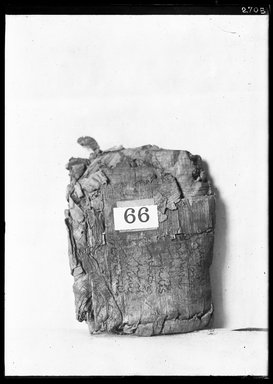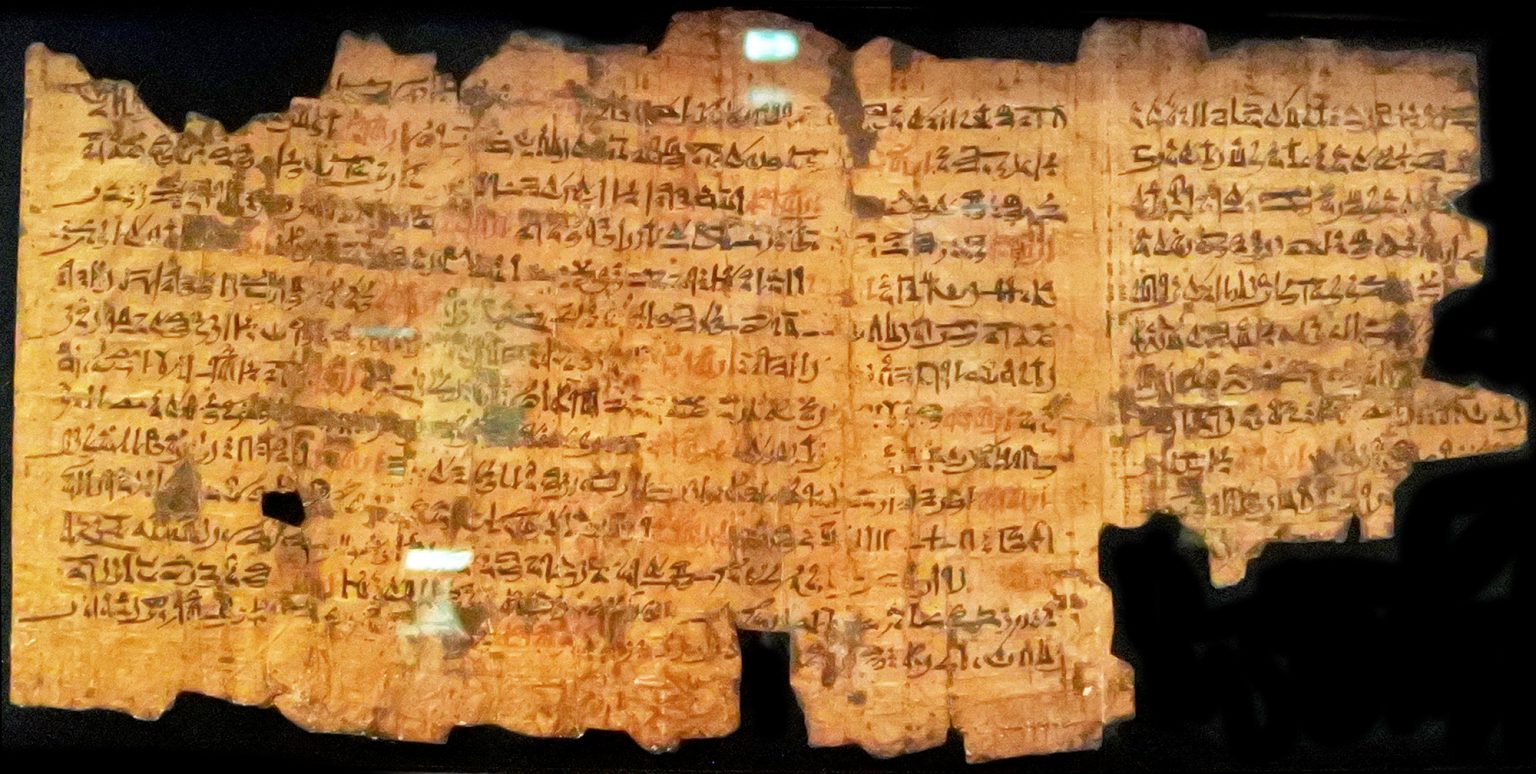

"The sun - it has come to pass it riseth not. Nevertheless a literal translation meaning earth and the sun was moved is possible. The word for upside down can be the word for revolution or cause for revolution. After all, the sun was 180° away in the winter constellation when it was the beginning of summer.Īlso with earth in a reverse orbit stars would progress in reverse, 1° west to east instead of east to west each night, as earth orbited the sun in reverse.

For many reasons they would think earth had "turned upside down". The sun moved up or down after moving the 180° to keep earth in the same season and earth and the planets tilted their orbits around the sun. "heaven fades away" may refer to the stars of the night sky fading away in the sun as the sun moved 180°. Isaiah 24:1 "Behold, the LORD maketh the earth empty, and maketh it waste, and turneth it upside down, and scattereth abroad the inhabitants thereof."Ģ4:4 "The earth dries up and withers, the world languishes and fades away heaven fades away together with the earth."Ģ4:7 "the new wine dries up, the oil decays, all the merry makers groan."Ī climate change in the form of a drought is something to look for in a reverse orbit and we find it here. Then instead of a summer sky, the Egyptians would see winter stars.

Thus the world would seem to be upside down. Likewise, if the sun moved to the otherside of the earth in March, the Big Dipper would point down at midnight instead of up. In September at midnight the handle of the Big Dipper normally points down. In March at midnight the handle of the Big Dipper normally points up. Then if earth was in a reverse orbit before, it would flow out of the reverse orbit. The sun moving 3 X 360° east to stand still on the opposite side of earth to Egypt for three days of darkness. The night sky would appear as a winter night sky instead of a summer night sky. The night following the darkness the Egyptians would see stars from the other half of heaven, the winter stars appear and reappear. may refer to the three days of darkness where the sun moved 540° or more likely 7 X 180° with earth's rotation over the Pacific to keep Egypt in darkness for 3 X 24 hours. Papyrus 1116b recto, publiched by Gardiner, Journal of Egyptian Archaeology. PAPYRUS 2:8 "Forsooth, the land turns round like a potter's wheel." "I show thee the land upside down it happened that which never had happened". Blood is everywhere." 7:21 ".there is blood throughout all the land of Egypt." - identifies this papyrus with the 10 plagues of the Exodus. PAPYRUS 2:5-6 "Plague is throughout the land. May very well refer to the ninth plague of Exodus, the three days of darkness about the new moon MaBC because the rest of the papyrus corresponds to the Exodus. And PAPYRUS 9:11 "The land is not light". However, the literal meaning may be what was intended. Some have interpreted "the land was turned upside down" to signify social unrest. Graphic 1 from Guide to Velikovsky's Sources Graphic 2 from Ohr Somayach, Jerusalem. The Papyrus Ipuwer states: "the earth turned upside down" and "the land turns round (over) like a potter's wheel." End of this line 8 and beginning line 9. The Ipuwer papyrus therefore supports a divergence of several hundred years between the biblical and secular timelines at the time of the Exodus.The Earth Turned Upside Down The Earth Turned Upside Down Often secular scholars declare that biblical events like the Exodus cannot have taken place because there are no evidences of these at the time in history where the Bible places them. The question of divergence of the secular and biblical timelines is a matter of enormous importance for biblical apologetics. This puts the manuscript’s original date (as determined by scholars) exactly where it should be. With respect to dating the events in this papyrus, it needs to be understood that the secular historical timeline diverges from the biblical timeline, and furthermore, that the Old Kingdom and the Middle Kingdom of Egypt ended at the same time (contrary to the standard history). In this paper we show that this ancient document most likely describes Exodus conditions and that the Ipuwer Papyrus therefore offers strong extra-biblical evidence for a historical Exodus. On the other side are those who deny this on the basis of disbelief that the Exodus ever took place, or who claim that the date of the events described in the manuscript are wrong for the Exodus. On the one side are those who claim that this manuscript describes chaotic conditions in Egypt at the time of the biblical Exodus. Controversy surrounds the Ipuwer Papyrus, an Egyptian manuscript residing in the Dutch National Museum of Antiquities in Leiden, Netherlands.


 0 kommentar(er)
0 kommentar(er)
